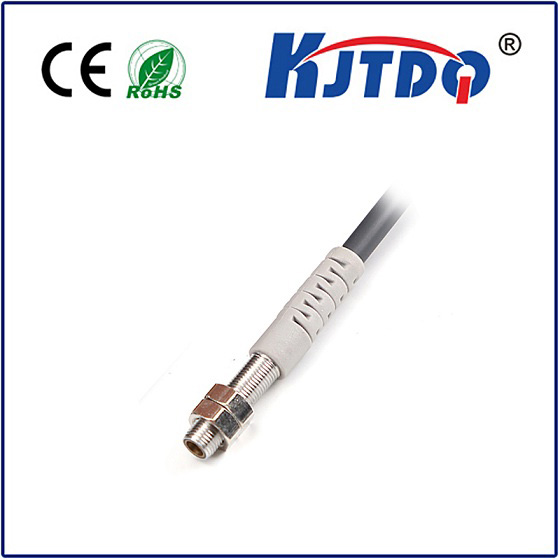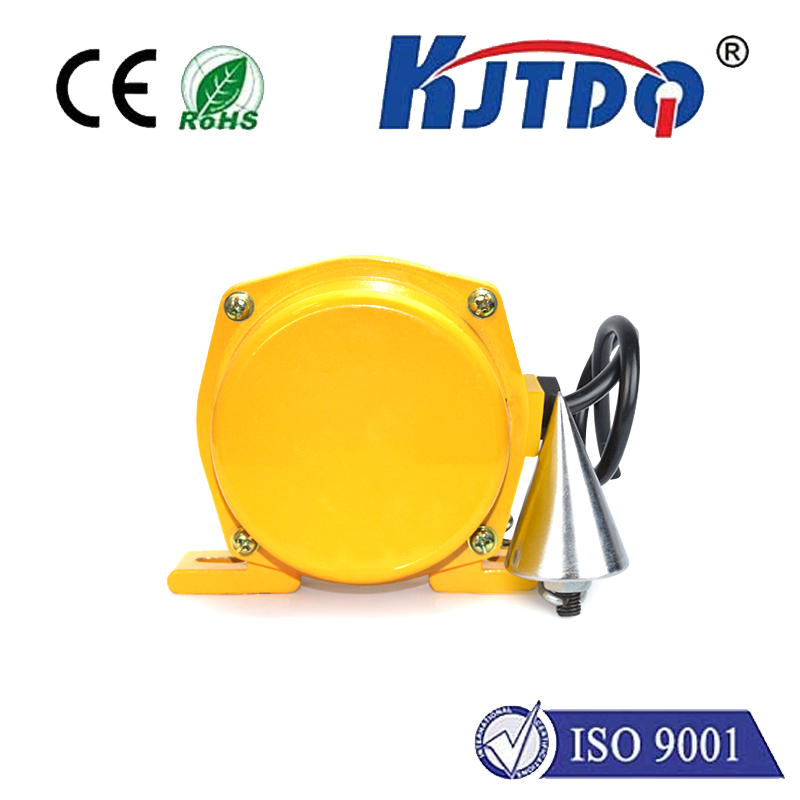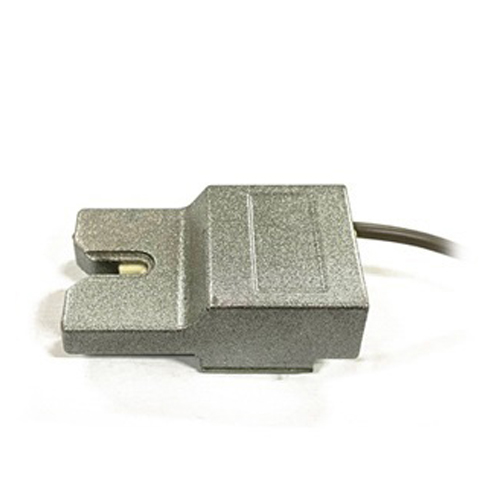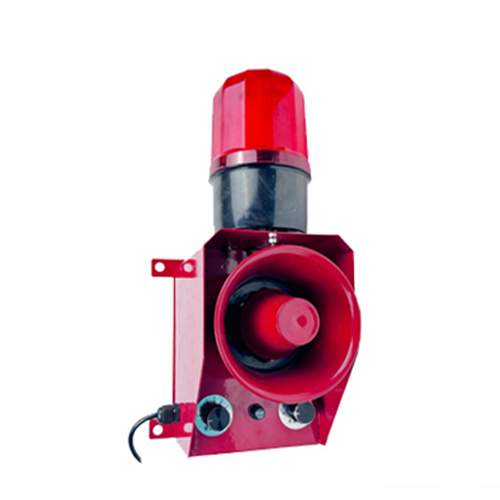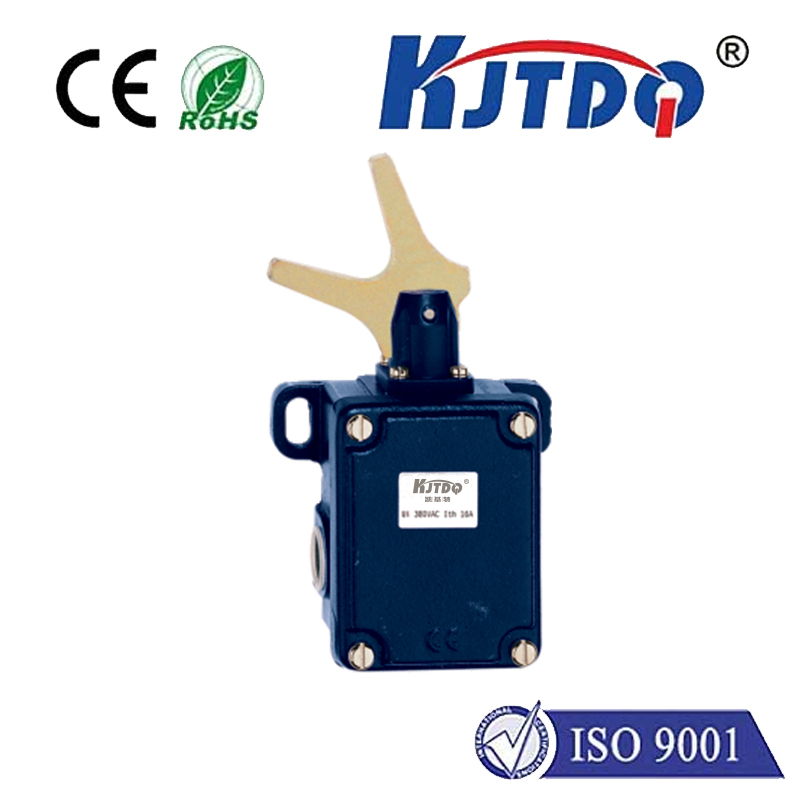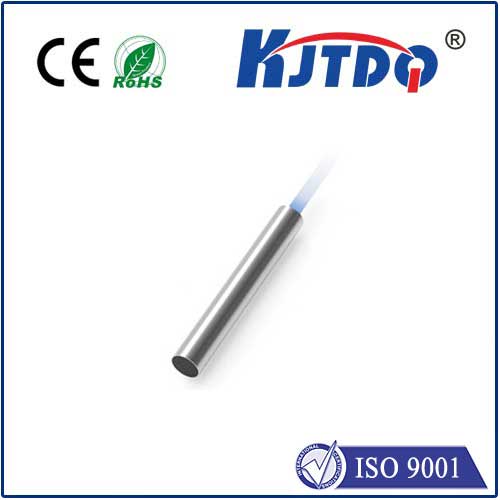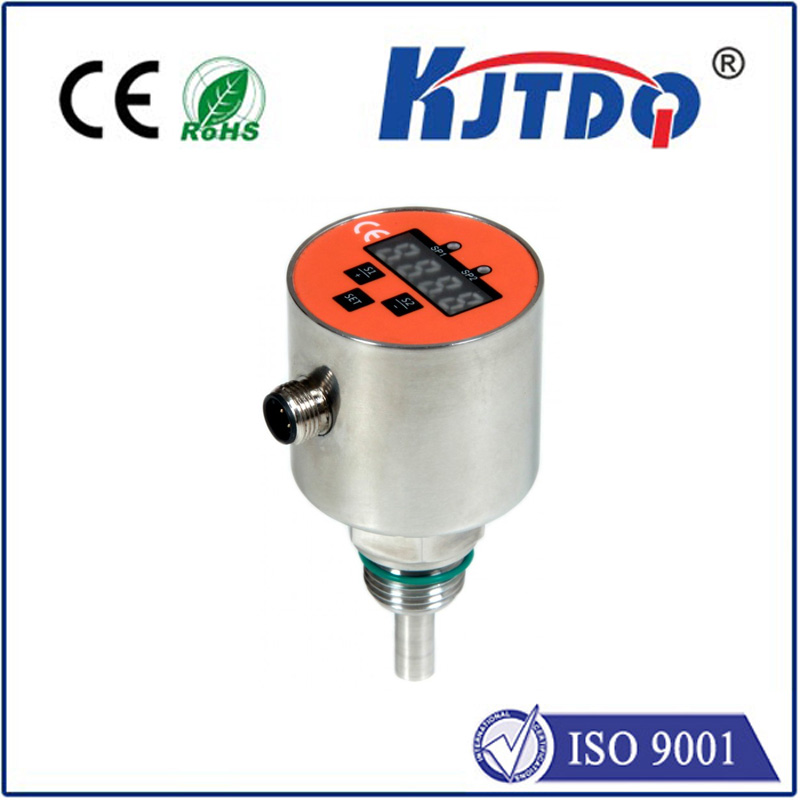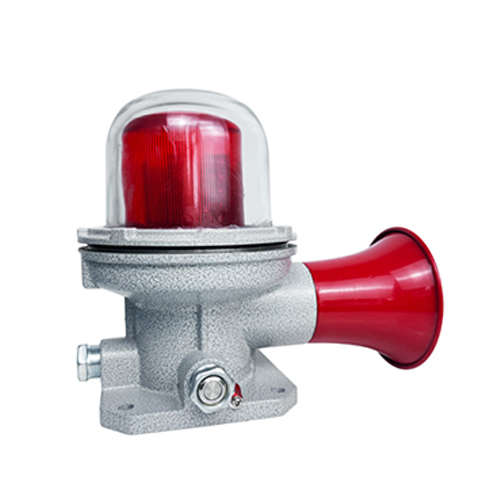

check

check

check

check
Title: Understanding Snap Limit Switches: A Comprehensive Guide
Introduction:
Snap limit switches are a crucial component of various mechanical devices, including robotics, industrial machinery, and家用电器. These switches are designed to provide quick and precise control over the movement of a machine or device. In this article, we will explore the basics of snap limit switches, their working principle, types, applications, and maintenance tips.
Section 1: Working Principle of Snap Limit Switches
Snap limit switches work on the principle of a toggle mechanism. When a force is applied to the switch, it moves from one position to another, effectively engaging or disengaging an electrical circuit. The switch typically has two contacts that come into contact with each other when they are in different positions. When the contact is closed, an electric current flows through the circuit, turning on a motor or controlling a device's movement. When the contact is open, no current flows, disabling the motor or stopping the device's movement.
Section 2: Types of Snap Limit Switches
There are several types of snap limit switches available in the market, each with its unique features and applications. Some common types include:
a) 2-position switches: These switches have two possible states - open and closed. They are commonly used for simple applications where only two positions are required.
b) 3-position switches: These switches have three positions - open, intermediate, and closed. They are suitable for more complex applications where multiple positions are needed to control the movement of a device.
c) 4-position switches: Similar to 3-position switches, these switches have four positions and are commonly used in high-precision applications where precise control over the movement of a device is required.
d) 5-position switches: These switches have five positions and are typically used in large-scale industrial applications where precise control over the movement of machines is essential.
Section 3: Applications of Snap Limit Switches
Snap limit switches find widespread use in various industries, including:
a) Robotics: These switches are commonly used in robots for precise control over the movement of joints, arms, and other parts of the robot.
b) Industrial automation: Snap limit switches are used in industrial machinery for precise control over the movement of machines and devices in factories and manufacturing plants.
c) Home appliances: These switches are used in some home appliances like washing machines, refrigerators, and air conditioners for precise control over their operations.
Section 4: Maintenance Tips for Snap Limit Switches
Proper maintenance of snap limit switches is crucial for ensuring their longevity and optimal performance. Here are some maintenance tips to keep in mind:
a) Keep the switch clean: Regular cleaning of the switch helps prevent debris from accumulating inside the switch, which can hinder its operation. Use a soft brush to clean the contact surfaces gently.
b) Check for loose connections: Ensure that all connections between the switch and its corresponding components are secure and tight. Loose connections can cause voltage drops and affect the switch's performance.
c) Monitor switch activity: Periodically check the switch's operation to detect any unusual behavior or signs of wear and tear. This can help you identify potential problems before they become significant issues.
Conclusion:
In conclusion, snap limit switches play a crucial role in various applications by providing precise control over the movement of machines and devices. By understanding their working principle, types, applications, and maintenance tips, you can ensure optimal performance from your snap limit switches and extend their lifespan while reducing downtime and maintenance costs.
